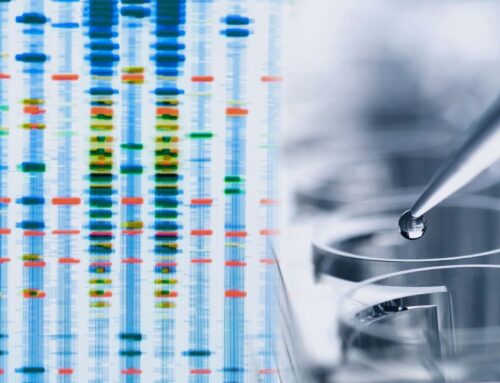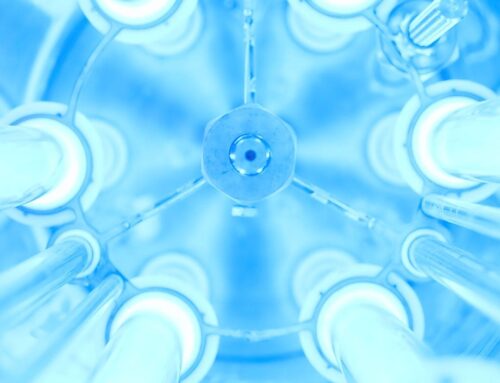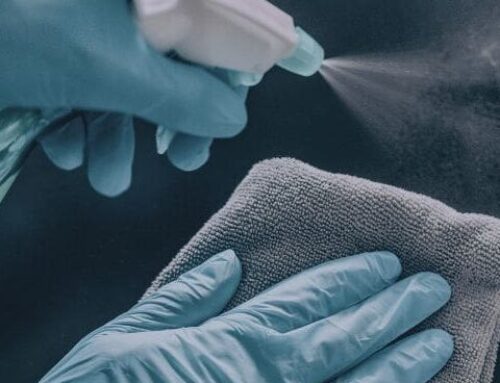April 2017
Antibiotic resistance within a microbial population can arise in a number of ways, typically by genetic mutation that is passed down to progeny and across species in the environment.
Understanding antibiotic resistance mechanisms on a molecular level is key to understanding the phenomenon.
The following mechanisms of antibiotic resistance are well studied:
-
Reduction of antibiotic uptake – reduced permeability of the cell membrane inhibits the antibiotic from entering the cell.
-
Active efflux – antibiotic compounds are physically removed from the cell by molecular pumps.
-
Reduction of binding to the cell target – the antibiotic target within the cell is changed so that it is no longer recognized by the antibiotic.
-
Enzymatic cleavage of the antibiotic – the cell produces compounds which render the antibiotic inactive after it has entered the cell.
-
Metabolic bypass of inhibited reaction – the targeted enzyme in a metabolic pathway is mutated to bypass the primary antibiotic target.
-
Overproduction of target – the antibiotic target is produced by the cell in higher quantities to compensate for deficiency caused by the antibiotic.




